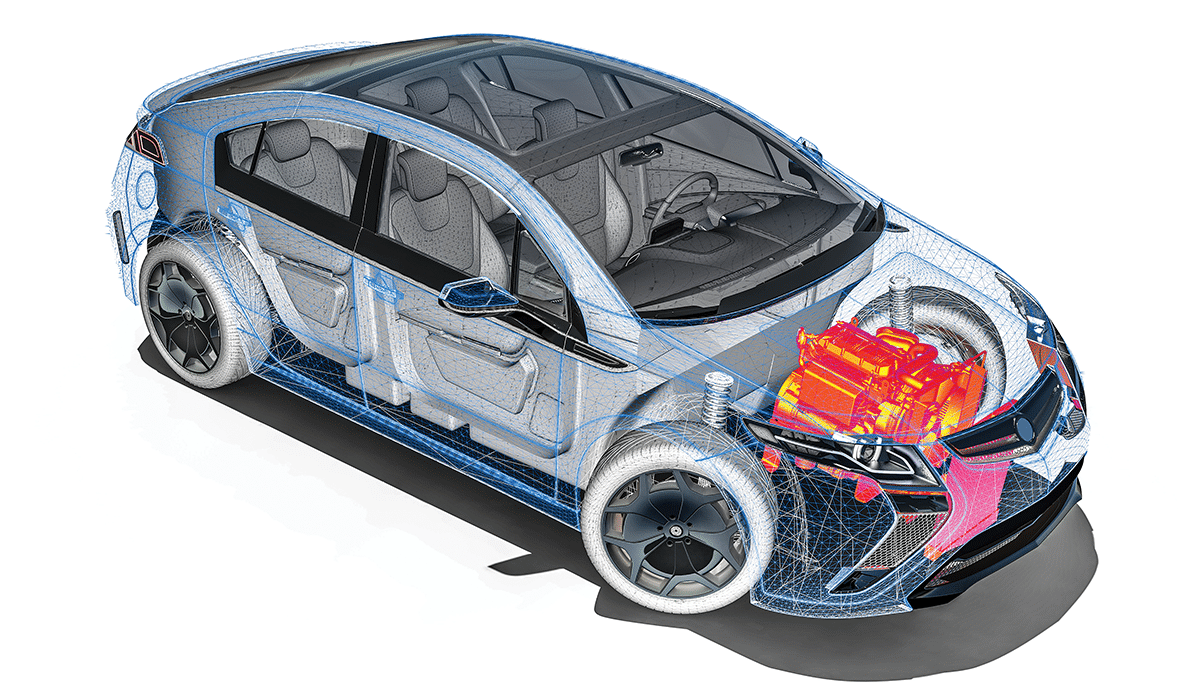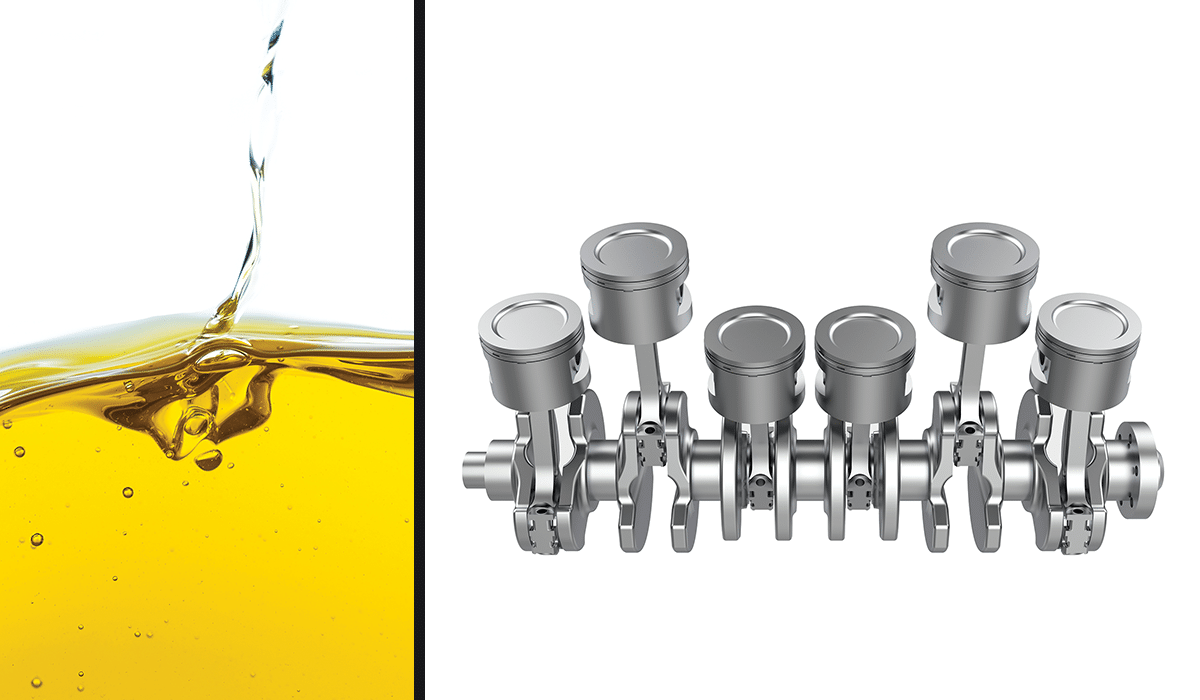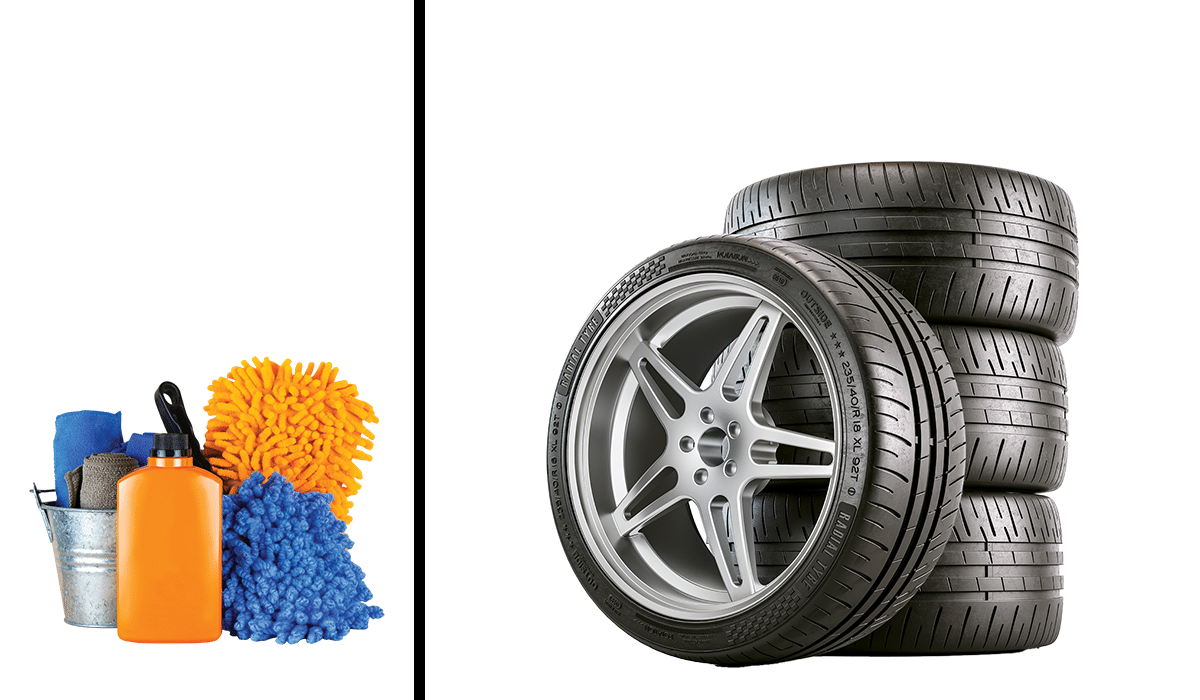Any diligent car owner wants their vehicle to stay in perfect condition. But when you’re constantly bombarded by car maintenance advice, it’s easy to get confused.
“There’s so much conflicting advice out there, it’s hard to know what’s best for your car,” says Johnny Pretorius, Sales Director of MotorHappy, a supplier of motor management solutions and car insurance options.
“There are lots of car maintenance tips that might have made sense years ago, but advancements in automotive technology have made these tips irrelevant,” he adds. Ignore the false warning lights of these myths and save time, money, and effort instead.

Warm up your car by letting the engine idle for several minutes
While this was certainly recommended for most auto vehicles built before 1995, modern engines warm up and cool down a lot quicker.
With modern engines, the fastest (and best) way to warm up your car is to start driving off gently, unless your user manual says otherwise. In other words: don’t rev or over-rev the engine for the first few minutes of acceleration.

Engine oil should be changed after every 4 500 km
When maintaining your vehicle, it’s always advisable to check the owner’s manual instead of listening to outdated myths. To keep your car’s engine in the best possible condition, have the oil changed as per the car manufacturer’s guidance.
‘IT’S ALWAYS ADVISABLE TO CHECK THE OWNER’S MANUAL INSTEAD OF LISTENING TO OUTDATED MYTHS’
Premium fuel can increase the engine’s performance
Most cars are made to run on regular-grade fuel. So, if your car doesn’t require premium petrol, fill up with regular.
A recent notice from the US Federal Trade Commission said that, in most cases, using a higher-octane gasoline than your owner’s manual recommends offers absolutely no benefit. It won’t make your car perform better, go faster, get better mileage, or run cleaner.

Inflate the tyre pressure to the PSI/BAR figure written on the sidewall
When inflating vehicle tyres, many of us think that the number on the tyre’s sidewall is the recommended air pressure. However, that PSI (pounds per square inch) figure is the maximum pressure the tyre will be able to hold safely.
Check the recommended tyre pressure for your vehicle, usually stated on a sticker on the driver’s-side door, in the cubby, or on the fuel-filler door. An over- or underinflated tyre can significantly affect the handling, braking, and overall wear of the tyre.

You can wash your car with dishwashing or laundry detergent
Using dishwashing or laundry detergent can strip your car’s paint. Because these cleaning agents are chemically designed to flush the grease from utensils and clothes, it might remove any protective wax or clear coating on the vehicle. Stick with using car-wash liquids – even if it means paying a little extra.
‘STICK WITH USING CAR WASH LIQUIDS – EVEN IF IT MEANS PAYING A LITTLE EXTRA’

Text: Supplied by MotorHappy;
Photography: Shutterstock, Pexels







